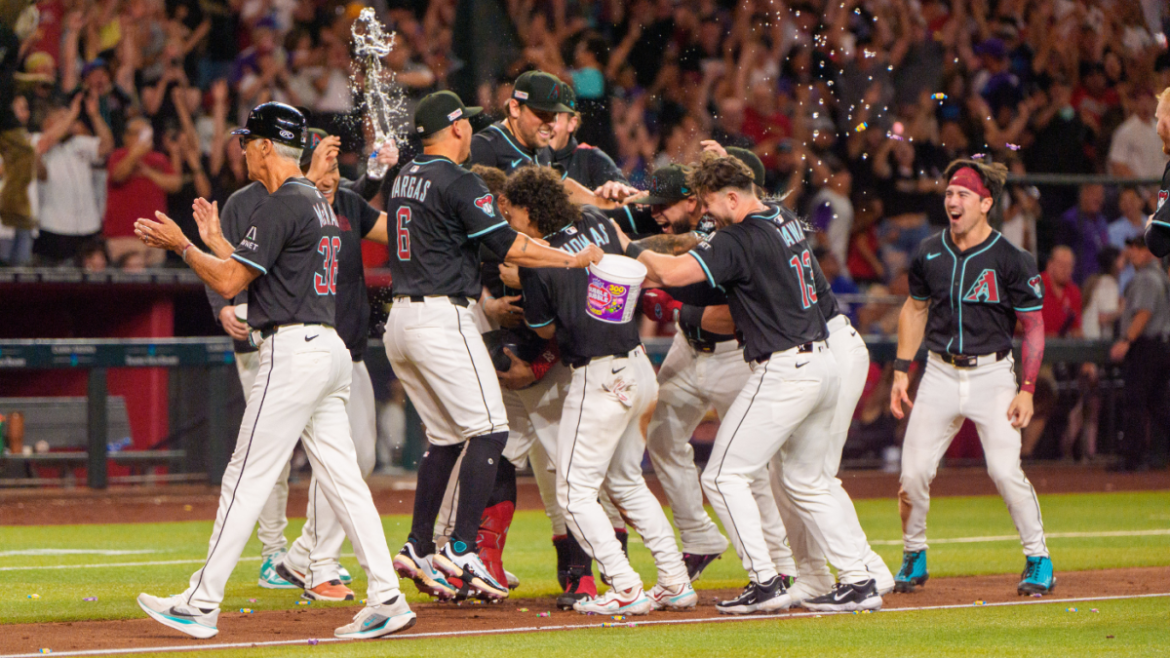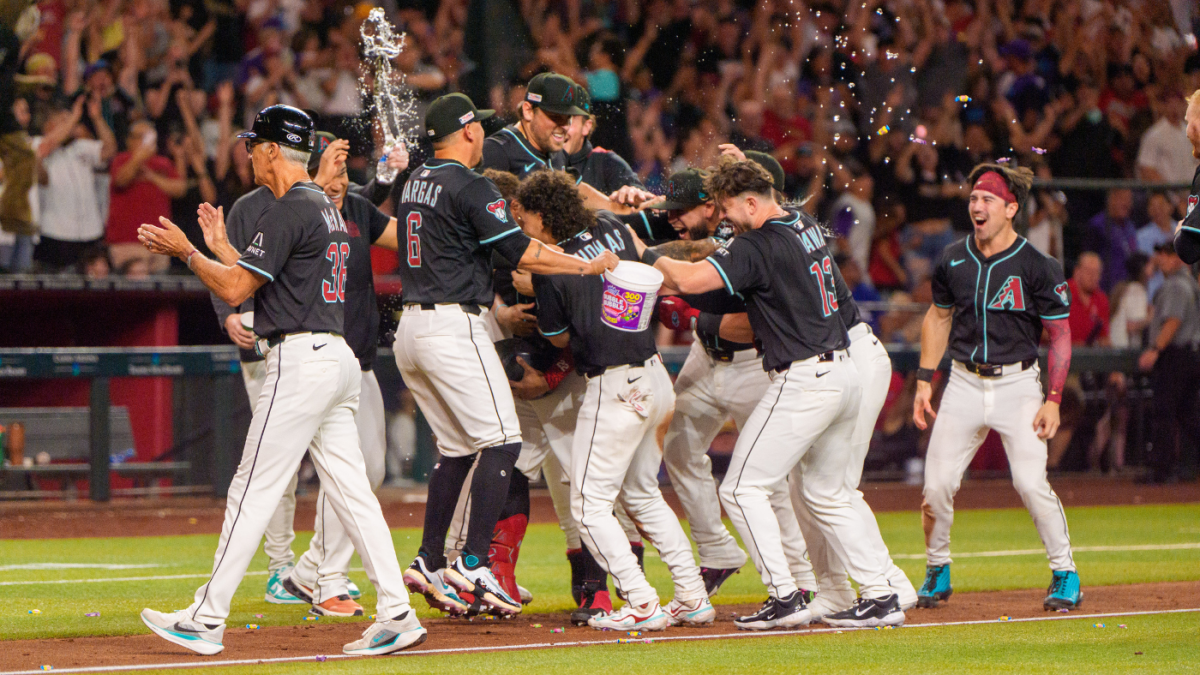The Arizona Diamondbacks in the 2024 MLB Trade Deadline Landscape: A Comprehensive Analysis
Introduction: Navigating Uncertainty and Opportunity
As the 2024 MLB trade deadline approaches, the Arizona Diamondbacks find themselves at a crossroads that could significantly influence their season and beyond. Despite being outside the immediate playoff picture, their position in the National League West and recent performance trends place them in a unique scenario—one marked by ambiguity over whether they will buy, sell, or pursue a hybrid approach. The remarks and actions of General Manager Mike Hazen provide insight into the team’s evolving strategy, reflecting a blend of ambition, pragmatism, and responsiveness to both internal dynamics and external competitive pressures.
Trade Deadline Position: Between Buyer Aspirations and Seller Realities
Initially, GM Mike Hazen expressed clear intentions for the Diamondbacks to be active buyers at the trade deadline, emphasizing a desire to strengthen the roster, particularly the starting rotation and offensive capabilities. This outlook was supported by a period of strong team performance leading into the month of July, suggesting potential momentum to justify acquiring high-impact talent. The front office actively pursued additions such as first baseman Josh Bell and relievers like AJ Puk and Dylan Floro, reflecting efforts to bolster both offense and bullpen depth.
However, the team’s recent slump and a less-than-stellar record of 28-31 have complicated this narrative. Hazen acknowledged the team’s underperformance and hinted at a nuanced, conditional strategy—one that could pivot toward selling if the Diamondbacks fail to jump into a serious playoff contention position before the deadline. Despite these challenges, Hazen and team analysts remain cautiously optimistic, aiming to maintain flexibility and rethink their approach depending on upcoming results.
Critical Factors Influencing Deadline Decisions
The Diamondbacks’ rotation has been severely impacted by injuries, most notably Corbin Burnes requiring Tommy John surgery, sidelining a key arm for the foreseeable future. Compounding the challenge, efforts to get three of their top starters off the injured list—including Jordan Montgomery, Eduardo Rodriguez, and Merrill Kelly—are seen as pivotal to the team’s viability as buyers. The uncertainty around health and availability weighs heavily on Hazen’s deadline calculus, pressing the front office to consider both immediate needs and long-term sustainability.
The NL West and broader National League present a “really tough” competitive landscape. The tight cluster of teams around the .500 mark has introduced volatility in playoff projections, making it more difficult for front offices to commit fully either to buying or selling. The Diamondbacks’ standing, just outside the playoff fringe, forces a complicated decision: invest in potentially costly reinforcements to make a playoff push or conserve resources anticipating a rebuild or retool if the window closes.
Hazen has spoken about the psychological importance of being buyers at the trade deadline – a move that can energize the clubhouse, fans, and overall organizational morale. The timing and nature of acquisitions are seen as reflective of confidence and intent, vital messaging components for players and stakeholders. Balancing optimism with realism, the front office’s willingness to engage in trade talks signals ambition, yet a cautious approach underscores awareness of the risks tied to overcommitting.
The Evolving Narrative: Trade Deadline Moves and Possible Offloads
Although the Diamondbacks have shown intent to strengthen their roster, rumors and reports indicate they could also consider parting ways with costly, high-profile players if the team’s trajectory does not improve. Speculation around potentially trading a $116 million superstar underscores the financial and strategic flexibility the club might exercise. Such decisions would represent a significant shift, moving from buyer aspirations to strategic selling, aimed at asset reallocation and salary management.
Contextualizing Past and Future Trade Strategies
Reviewing prior trade activities, including major deals such as the Zack Greinke trade in 2019 and recent deadline acquisitions, highlights an organization that has learned to be active and opportunistic. GM Hazen’s proactive approach in recent years reflects a philosophy of not merely reacting to circumstances but seeking strategic advantage, even amid complex conditions. Going forward, this philosophy is expected to manifest in a careful balancing act—potentially acquiring starting pitching or even offensive upgrades while remaining mindful of long-term roster construction.
Conclusion: A Pivotal Deadline with High Stakes
The 2024 MLB trade deadline stands as a pivotal moment for the Arizona Diamondbacks. GM Mike Hazen’s nuanced commentary and the team’s fluctuating performance have set the stage for a deadline strategy that is neither fixed nor predictable. The Diamondbacks may emerge as buyers, sellers, or a tactically ambiguous combination of both. What remains clear is that the team’s decisions will ripple through their playoff chances, financial posture, and organizational morale.
This deadline will test the adaptability and foresight of the Diamondbacks’ front office—challenging them to read the evolving competitive landscape and internal realities with precision and courage. Their ultimate choices will define not only the 2024 season but also lay foundational stones for the team’s future trajectory in a highly competitive MLB environment.





